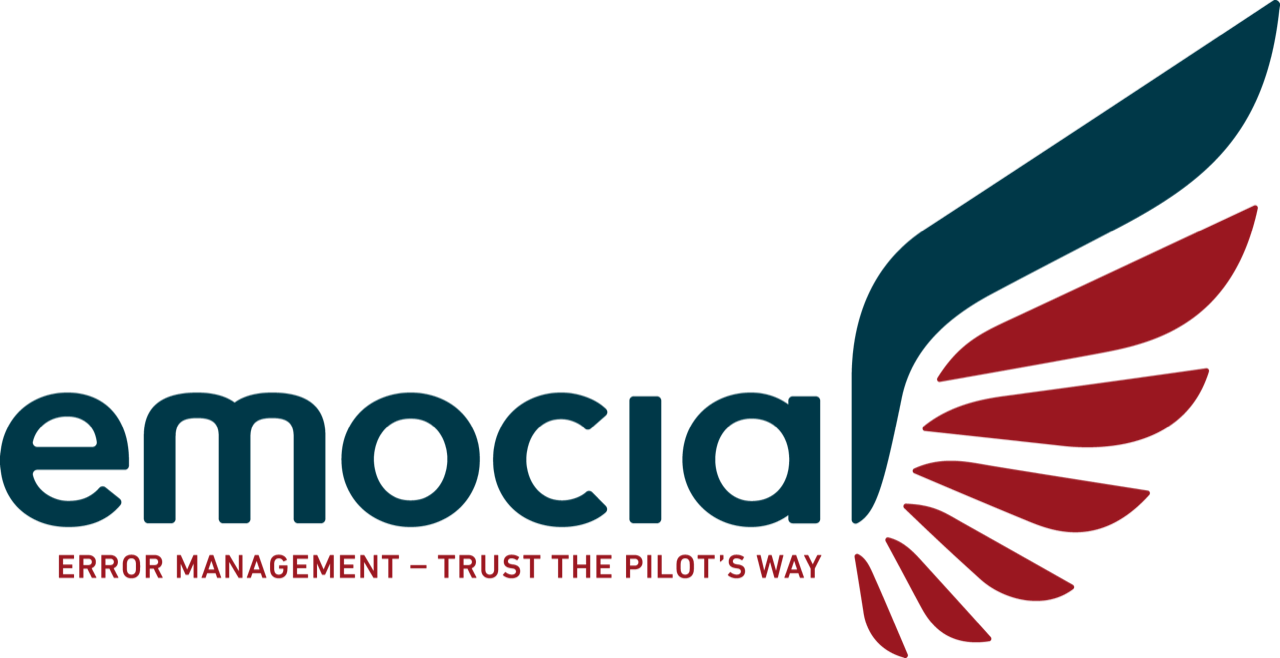Errors and Organisational Culture
1+1=3
Sounds strange? But it is correct! Because that is how good teams work, also and especially under pressure. Ideally, team performance is greater than the sum of the team members. What does this mean for your organisation?
Does every leader have to be able to do everything? Absolutely not! It rarely takes more than two or three key skills; the team contributes the rest – if you targetedly allow and promote it.
Do you notice a drop in the performance of individual teams in your organisation, slowed down decision-making processes, an increase in rules and increased administrative effort? This may indicate that autonomy and creativity have been lost, that results have priority over processes, that errors are to be avoided at all costs. High time, then, to rethink your leadership, decision-making and error culture.
Pilots make mistakes, too – errors are human
You make them every day, they are unavoidable. Errors – undesirable results. Yet they tend to have a negative connotation. This is unnecessary, even counterproductive.
Fighting against them is not easy. Personal behaviour, organisational guidelines, external influences: All of these can favour the occurrence of errors. Not all of these factors can be influenced directly. Just like in an aircraft. Why does aviation nevertheless have such a good overall safety record?
The way errors are handled and the attitude towards them make the difference. A trusting environment with a Just Culture and Psycholocial Safety that encourages and rewards the active reporting of errors is certainly part of it. Also, the awareness of each employee of his/her strengths and weaknesses and how to compensate for them in the team. Also, the knowledge of decision-making, team processes, human factors, and the empowerment of all employees to contribute.
If errors are accepted and shared in the sense of mutual learning (you do not have to try everything yourself to realise that something doesn’t work…), on the one hand, workload is reduced. More importantly, creativity and performance are promoted. Who does not work much more freely when one can be sure that undesired results will not be sanctioned? Energy is then spent on driving the process forward instead of scrupulously avoiding undesirable outcomes.
Resilient, agile organisations benefit from the experience of all employees. Organisations with rigid structures, on the other hand, are repeatedly thrown back in exactly the same situation.
Successful decision-makers are delighted about errors!
Errors arise from decisions and are the results of a (potentially error-prone) decision that deviates from the intended state. To prevent these deviations from becoming critical, it is important to build in appropriate mitigation mechanisms during the decision-making phase. On the other hand, the post-event learning phase in connection with the undesired result is important in order to be better prepared for future decisions. This makes decision-makers and the organisation as a whole stronger and more resilient.
Surely you have regretted a decision at work in the more recent past. What did you do afterwards? Did you intensively reflect on the process in order to be better prepared in the future (or did you just get upset and carried on as before)? Would you have found it easy to analyse the process independently and without bias (or would you have preferred a professional external perspective)? In the end, did you share your experiences and insights with others in an institutionalised way and sought their feedback (or instead hoped that no one noticed)? With these and similar questions, emocia can support you competently and specifically according to your wishes, from…
…towards…
Process-oriented thinking and decision-making
The process inspires the result. The sole focus on the result obscures the view of the process. Creativity and energy are used to comply with company specifications and to protect oneself – rather than investing this energy more sensibly in the actual process. With targeted, universally applicable methods, process-oriented thinking and decision-making are promoted in aviation. Interfaces are actively integrated. The focus is on the “HOW” instead of the “WHAT”. Employees can participate fully, are regarded as equals among each other and can freely and fully contribute according to their competencies without undue regard to structures and hierarchies. Agile working with flat hierarchies is being applied in aviation since a long time.
Does this sound familiar to you?
Inflexible structures, hierarchical thinking, fear of sanctions, lack of trust, incomplete communication, insufficient error culture are just some of the reasons why human resources were not utilised in the examples mentioned. Thus, errors were given room unintentionally. In a high-security sector like aviation, this could very likely lead to critical situations. In any other organisation, (friction) losses, duplications and avoidable effort arise. Not to mention the decreasing satisfaction of employees and managers.




